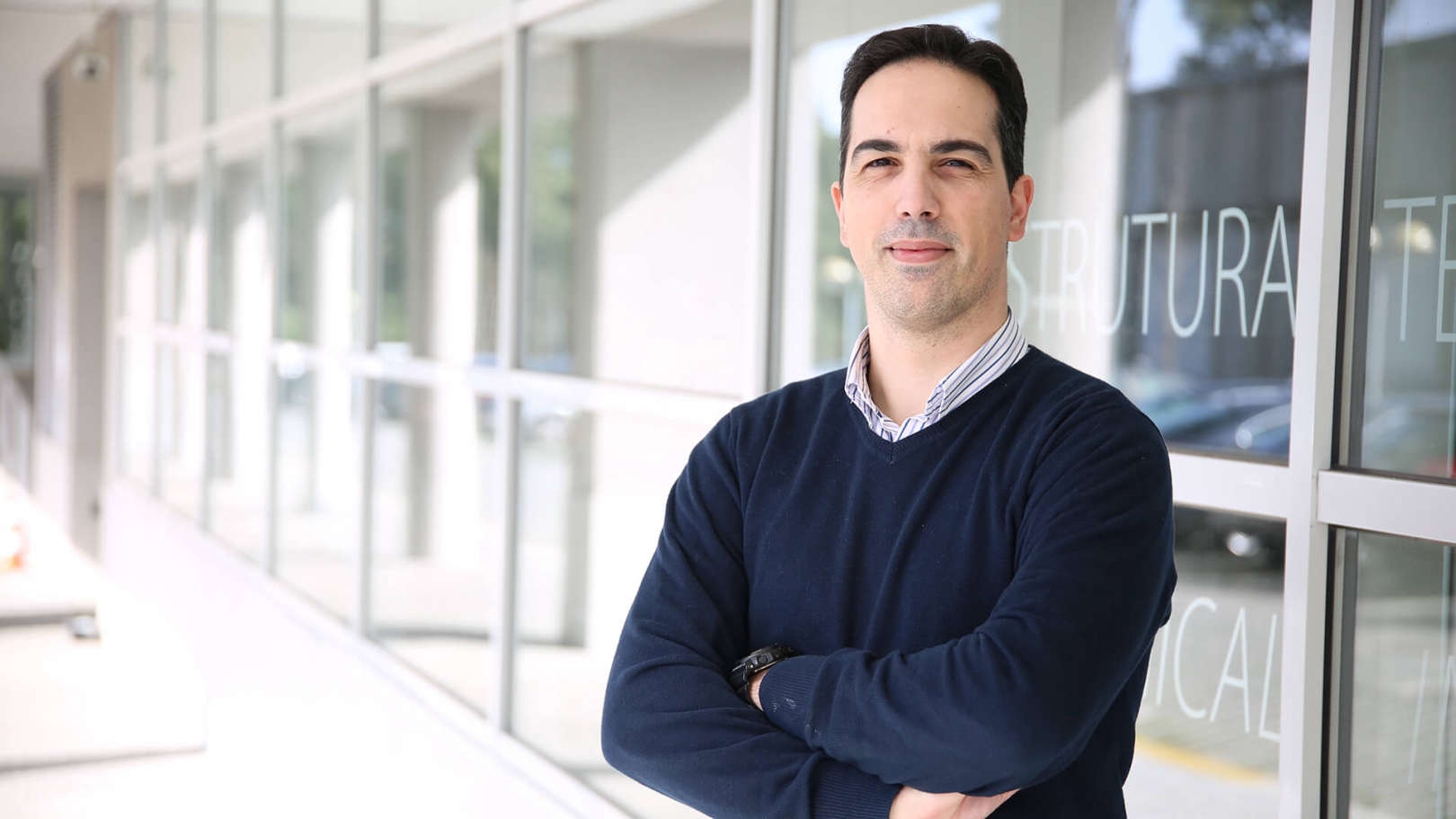About
I was born in the district of Porto. I got a degree in Eletric and Computer Engeneering in 2001, a Master degre in Networks and Communication Services in 2004 and the PhD degree in Eletric and COmputer Engeneering in 2012, all from the Faculty of Engeneering of the University of Porto. I've been a collaborator of INESC TEC since 2001 and I'm currently a Senior Researcher at the Center of Telecommunications and Multimedia. I'm also an Invited Adjunct Professor at the School f Engeneering of the Polythecnic Institute of Porto. My current reseach interests include image and video processing, multimedia systems and computer vision.


